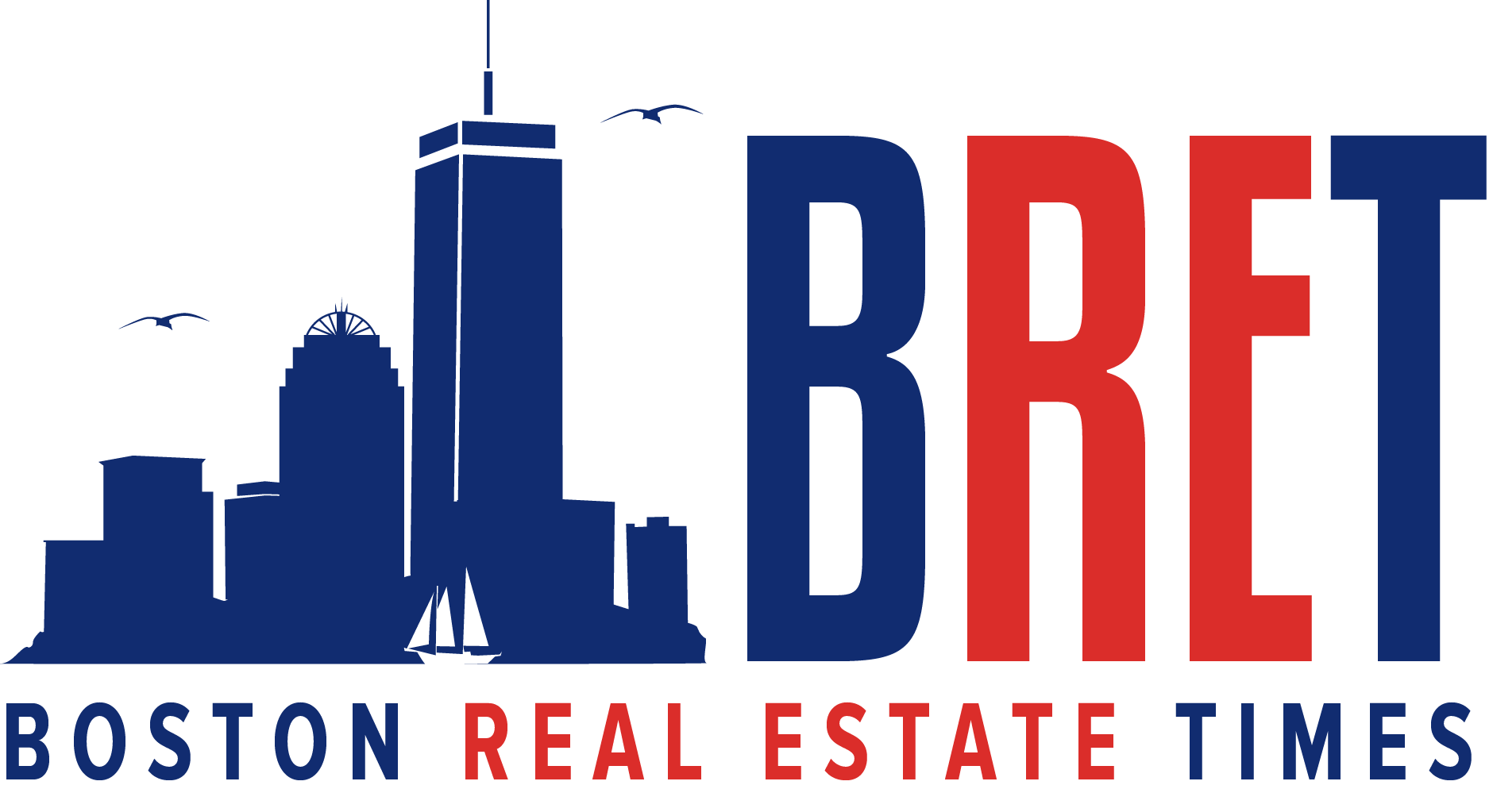(Editor’s note: Designing in coastal areas presents unique challenges that significantly impact coastal homes. Preparing and strategic planning is crucial for those interested in creating resilient and aesthetically pleasing coastal homes. Mark Pelletier, AIA, owner and principal, and Britni Rotunda, AIA, residential studio leader at Maugel DeStefano Architects, provide valuable insights in the interview below.)
Question: When you think of coastal homes, what comes to your mind as an architect?
MDA: The first is designing the home to capture stunning views. Just as important is ensuring the structure’s resilience, given its exposure to harsh coastal elements. We must select materials capable of withstanding environmental challenges such as saltwater corrosion, strong winds, and erosion. Building a durable structure that can endure these conditions is crucial. Neglecting to choose resilient materials could result in substantial long-term costs.
Q: Tell us about a coastal project you are currently working on?
MDA: We’re currently working on a property on Ocean Boulevard in Rye, NH, which presents unique design and construction challenges. The house features a reverse floor plan with large windows and doors to maximize ocean views, adhering to the traditional Seacoast architectural style.
A key consideration is the property’s location in a FEMA-defined flood zone. The lower level is likely to experience tidal flooding three to four times annually. This necessitates specific adaptations. We’re elevating mechanical equipment above the flood plain to ensure the house remains functional during coastal events. We’re also limiting the lower level primarily to entry areas and storage to minimize potential damage to living spaces and finishes. These measures are designed to keep the house inhabitable during flood events.
Our approach balances the desire for an attractive, view-oriented coastal home with the practical realities of building in a flood-prone area. The design aims to create a resilient structure that can withstand regular tidal events while still providing an appealing living space that takes full advantage of its oceanfront location. By carefully considering both aesthetics and flood mitigation strategies, we’re creating a home that is both beautiful and practical for its coastal setting.

Q: What is a reverse floor plan?
MDA: Traditional homes typically feature main living areas—entry, kitchen, dining, and living rooms—on the ground floor, with bedrooms upstairs. Reverse floor plan homes, however, invert this layout. In these designs, bedrooms occupy the lower level, while living spaces are situated on the upper floor.
This arrangement offers several advantages, particularly in coastal areas. By elevating the living areas, residents can see over obstacles like seawalls, providing unobstructed ocean vistas. The higher elevation generally improves the overall quality of the view as well. In busy coastal areas with heavy summer traffic, reverse floor plans create a buffer between public spaces and living areas. This prevents passersby or slow-moving vehicles from easily peering into the home’s main living spaces, enhancing privacy. Additionally, the design lifts the primary living areas above the noise and bustle of street-level activity, creating a more serene environment for relaxation and entertainment.
Q: Is privacy an issue in coastal homes?
MDA: Yes, privacy and security are paramount in coastal home design, often in tension with the desire for expansive glass windows to maximize ocean views. To address these concerns, we employ a multi-faceted approach. Room placement is carefully considered, with primary living spaces and bedrooms positioned to capture views, while secondary areas such as bathrooms, closets, pantries, and mudrooms are situated towards the rear of the home for increased privacy. Other measures include window treatments, one-way glass, and strategically placed landscaping. Additionally, we implement robust security measures, including advanced locks, alarm systems, and impact-resistant glass. By thoughtfully integrating these elements, we create homes that offer breathtaking ocean vistas while maintaining the privacy and security that residents need and desire.
Q: Can you also talk about setbacks or site restrictions?
MDA: Designing homes often involves navigating numerous restrictions. For instance, we’re currently working on a project on Ocean Boulevard in Rye, NH. This property presents a unique challenge as it’s entirely within a setback area – a zone where construction is typically prohibited.
We’re dealing with multiple setbacks here: those related to the property boundaries and others due to wetlands. The wetlands impose 50- and 100-foot setbacks. In a general sense, we also have to consider overlay districts, which add another layer of complexity to the design process.
Each property comes with its own set of constraints, and our job is to determine the remaining buildable area within these limitations. We analyze all these bits and pieces that come with a property to identify the space available for construction.
The real art lies in creating a home that doesn’t appear constrained by these setbacks. Our goal is to take whatever space is left and design a home that feels natural and unrestricted. We aim to craft a living space where the occupants can’t tell that its shape was dictated by numerous setbacks and restrictions.

Q: What is your process for designing coastal homes?
MDA: Our design process begins with the very first client interaction. Before presenting a proposal, we engage in detailed conversations about their vision for their home. In our proposal, we strive to capture as many of these aspirations as possible. Once the client is on board, we go through an even more detailed list of questions we’ve refined over years of experience.
We also encourage clients to visually define terms like “modern,” as interpretations can vary significantly. We also ask about dislikes, recognizing that understanding what clients don’t want can be just as informative as knowing what they do want. This thorough preparation, combining written preferences and visual examples, forms the foundation for our collaborative design process.
Q: What makes your firm different from others?
MDA: At our firm, we believe that architecture is more than just creating structures; it’s about crafting living spaces that resonate with the unique essence of each client. Our personalized approach sets us apart, as we dedicate ourselves to understanding not just the functional needs of our clients, but their dreams, lifestyle, and vision for their ideal home. Through in-depth consultations and collaborative design sessions, we ensure that every aspect of the project reflects the individuality of the homeowner, resulting in residences that are truly one-of-a-kind.
Our unwavering commitment to quality is evident in every phase of our work, from initial concept to final construction. We meticulously select materials, employ innovative design techniques, and partner with skilled craftsmen to bring our visions to life. This dedication extends beyond aesthetics; we prioritize sustainability, energy efficiency, and longevity in our designs, ensuring that the homes we create not only meet but exceed our clients’ expectations. By combining our expertise with a genuine passion for architectural excellence, we deliver residential spaces that are not just houses, but a place our clients are proud to call home.
Q: When your clients come to you with their vision or a pre-existing concept of how they want their house to look, what is your advice?
MDA: It’s important for clients to be heard. That’s first and foremost. If a client comes to us and says, “I would like this ultra-modern home right here on the seacoast”, that’s all well and good. It’s our job to take all the information and try to mold it into a workable design. The first thing we do is show them what they’re asking for, how it works, and how it potentially doesn’t work. If we think it’s going down the wrong path, we certainly want to show them another concept or another idea that could realize their vision in a different manner. We respect that this is not our home. It’s their home, and they are the ones who will be living in it.
Our job is to give them the best design possible, and that’s what we do. We don’t have a specific style that we try to stick to. The style is whatever the client comes to us with, and if they say, ‘I really like a modern farmhouse.’ We’ll design a modern farmhouse. Or ‘I really like an old Victorian lady.’ Sure, love to do it. We don’t dictate a style to them unless they have no idea what they want and ask us to help guide them.
Q: Is there any style of home you are more excited to design than other types?
MDA: Our passion lies in designing a diverse array of homes, which keeps our work both engaging and enjoyable. While some architects specialize in a single style—often excelling in it—we find variety more stimulating. It’s exhilarating when one client presents a specific vision, only to be followed by another with a completely different concept. This constant shift in design challenges sharpens our skills and pushes our creative boundaries.
The uniqueness of each project and client is truly invigorating. We thrive on the opportunity to delve into our clients’ worlds, understanding their desires and translating them into architectural realities. This approach ensures that every home we design is as individual as the people who will inhabit it.
Q: How has coastal construction changed, say, from 20 years ago?
MDA: Historically, coastal properties were often modest cottages built with less emphasis on airtightness. These structures allowed water to recede naturally and dry out after flooding events, with minimal long-term damage. However, the trend has shifted towards replacing these older homes with larger, more energy-efficient structures.
Today’s coastal homes are designed with tight building envelopes to maximize energy efficiency. While this approach offers benefits, it also presents challenges in managing moisture infiltration. Unlike their predecessors, these airtight structures have limited ability to dry out if water breaches the envelope, necessitating the integration of air exchange systems and other drying mechanisms.
The selection of appropriate building materials has become crucial in this new paradigm. Smart barriers and advanced wall systems are increasingly utilized to manage water movement within the structure. These systems allow for controlled, unidirectional water flow through wall assemblies.
This evolution in coastal construction reflects a growing understanding of the complex interplay between energy efficiency, moisture management, and resilience in the face of changing environmental conditions.
Q: And what about the difference between coastal homes and lakefront homes? Do you approach them similarly or they are two different animals?
MDA: The lakes have different setbacks than the coast. It has a required setback from the shoreline that must be followed, though we are less concerned about potential water level rises; it’s a requirement we must adhere to. Many lakefront properties we handle already have homes very close to the water, which wouldn’t comply with current zoning regulations. However, we can utilize the footprint of these existing homes, offering a unique opportunity to design something new within that space.
For instance, we recently finished a house with a large patio very close to the water where the previous house stood. This was made possible because we utilized the existing footprint, and constructing such a patio wouldn’t have been allowed.




















